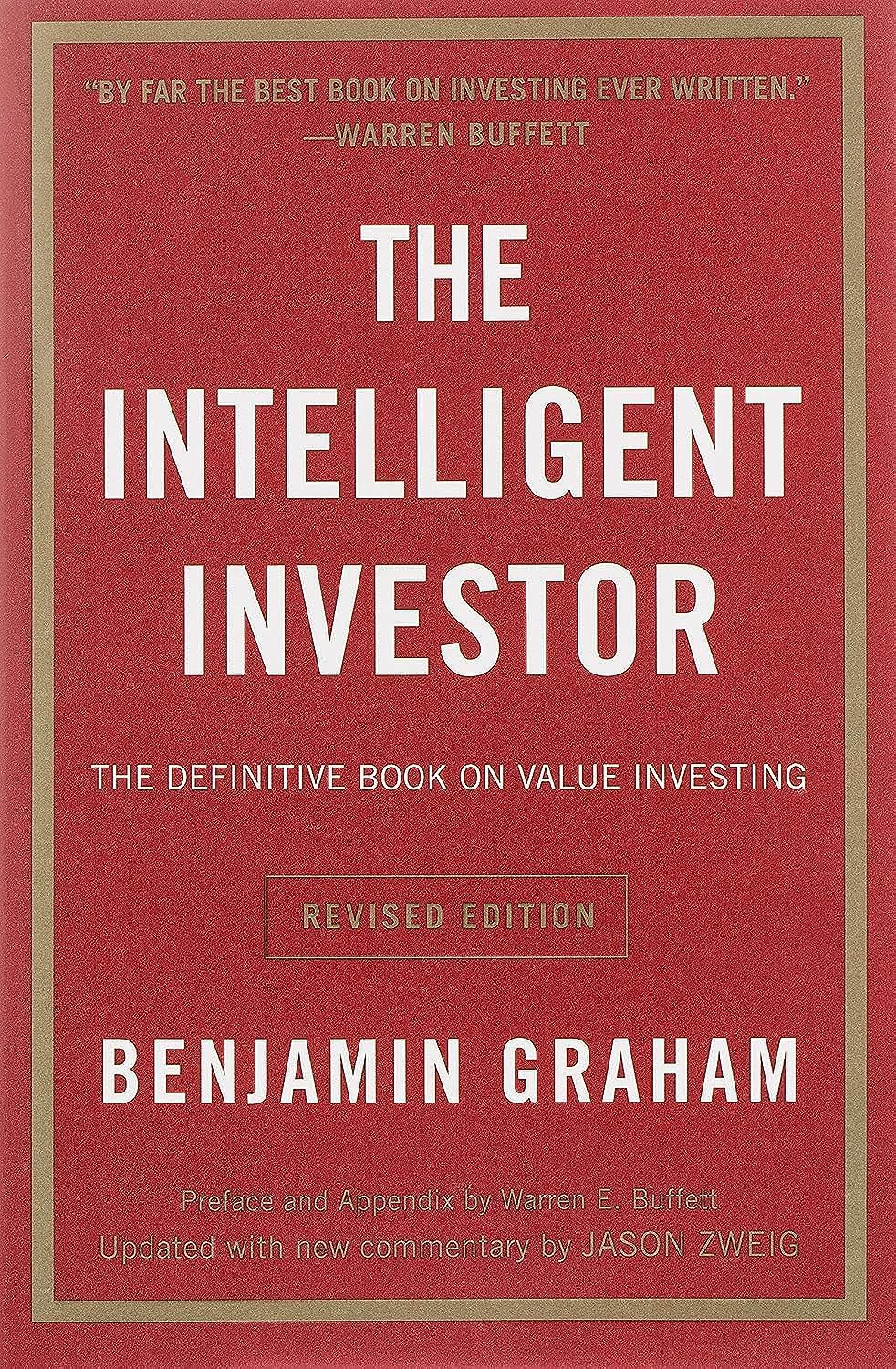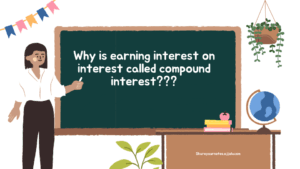The Eighth Wonder of the World: Why Is Earning Interest on Interest Called Compound Interest?
Albert Einstein supposedly called it the most powerful force in the universe. It’s the secret sauce behind every great fortune and the simplest path to building wealth. But what gives it its name? Let’s unravel the beautiful simplicity behind the term “compound interest.”
First, The Simple Answer
Earning interest on your previously earned interest is called compound interest because the interest payments are “compounded” with—or added to—your original principal amount. Each time interest is calculated, it’s based on this new, larger total. The word ‘compound’ literally means to combine or make something up of several parts. In finance, you are combining your principal and your interest to create a new, bigger base for future earnings.
Think of it like a snowball rolling down a hill. It starts small, but as it rolls, it picks up more snow, getting bigger and bigger. The more snow it has (principal + interest), the more snow it can pick up with each rotation (the next interest period). This self-fueling growth is the essence of compounding.
Simple vs. Compound Interest: A Tale of Two Savings Accounts
To truly grasp why “compound” is the perfect word, you have to meet its less exciting cousin: simple interest. Understanding the difference was a lightbulb moment for me when I first started my financial journey. It’s the key that unlocks why one method builds fortunes while the other barely keeps up with inflation.
Let’s imagine two friends, Alice and Bob. Both receive a $10,000 inheritance and decide to invest it for 5 years in an account that offers a 5% annual interest rate.
Bob’s Journey with Simple Interest
Bob puts his money in an account with simple interest. This means he earns interest *only* on his original $10,000 every year. The interest he earns each year is put aside and doesn’t earn its own interest.
- Year 1: $10,000 * 5% = $500 interest. (Total: $10,500)
- Year 2: $10,000 * 5% = $500 interest. (Total: $11,000)
- Year 3: $10,000 * 5% = $500 interest. (Total: $11,500)
- Year 4: $10,000 * 5% = $500 interest. (Total: $12,000)
- Year 5: $10,000 * 5% = $500 interest. (Total: $12,500)
After 5 years, Bob has earned a total of $2,500 in interest. Predictable, steady, but not very powerful.
Alice’s Adventure with Compound Interest
Alice, however, chooses an account with annual compound interest. This means the interest she earns each year is added back into her principal. The next year, she earns interest on that new, larger amount. This is the crucial distinction; the simple act of earning interest on previously earned interest is called the game-changer for wealth-building.
- Year 1: $10,000 * 5% = $500 interest. (New Principal: $10,500)
- Year 2: $10,500 * 5% = $525 interest. (New Principal: $11,025)
- Year 3: $11,025 * 5% = $551.25 interest. (New Principal: $11,576.25)
- Year 4: $11,576.25 * 5% = $578.81 interest. (New Principal: $12,155.06)
- Year 5: $12,155.06 * 5% = $607.75 interest. (Final Total: $12,762.81)
Alice ends up with $262.81 more than Bob, seemingly from thin air. She didn’t save more or find a better rate. Her money simply started working for her in a smarter way. Her interest earnings from Year 1 began earning their own interest in Year 2, and so on. They were “compounded” into the total.
Visualizing the Growth
Now, let’s extend this out over 30 years to see the true magic. Imagine Alice and Bob left their money untouched.
| Year | Bob’s Simple Interest Growth | Alice’s Compound Interest Growth | The “Magic” Difference |
|---|---|---|---|
| 1 | $10,500 | $10,500 | $0 |
| 5 | $12,500 | $12,763 | $263 |
| 10 | $15,000 | $16,289 | $1,289 |
| 20 | $20,000 | $26,533 | $6,533 |
| 30 | $25,000 | $43,219 | $18,219 |
After 30 years, Alice’s account has nearly doubled the earnings of Bob’s. The growth curve for compound interest isn’t a straight line; it’s an exponential curve that gets steeper over time. This is why starting early is the most important factor in investing.
The Rule of 72: Your Financial Superpower
Want a quick way to estimate how long it will take for your investment to double? Use the Rule of 72. It’s a simple mental shortcut that has been a bedrock of my financial planning.
Simply divide 72 by your annual interest rate to find the approximate number of years it will take for your money to double.
Using Alice’s 5% interest rate:
72 / 5 = 14.4 years
So, Alice can expect her $10,000 to become $20,000 in about 14 and a half years. This simple rule empowers you to quickly compare different investment opportunities and understand the long-term impact of various growth rates.
Where You See Compounding in the Wild (And How to Use It)
Compound interest isn’t some abstract theory; it’s the engine powering the most common wealth-building tools available to everyday Americans.
1. High-Yield Savings Accounts (HYSAs)
Your standard checking account from a big bank often pays a laughably low interest rate (think 0.01%). A HYSA, typically offered by online banks, can offer rates significantly higher. While not a high-growth investment, it’s the perfect place for your emergency fund. Here, interest is usually compounded daily and paid out monthly, meaning your money is constantly growing, even if just a little bit.
2. Retirement Accounts: The Compounding Powerhouses
This is where compounding truly shines. Accounts like a 401(k) or an Individual Retirement Arrangement (IRA) are designed for long-term growth.
- Tax Advantages: These accounts offer tax breaks, either now (Traditional) or in retirement (Roth), allowing more of your money to stay invested and compound.
- Market Growth: You invest in assets like stocks and bonds. Historically, the U.S. stock market (like the S&P 500 index) has returned an average of around 10% annually over the long term. This is the “interest rate” that gets compounded.
- Dividend Reinvestment: Many stocks pay dividends. If you automatically reinvest those dividends, you buy more shares, which then generate their own dividends. This is a powerful form of compounding within your investment portfolio.
A 25-year-old who invests just $500 a month in a Roth IRA could have over $1 million by age 65, assuming an 8% average annual return. The vast majority of that final balance would be from compound growth, not their own contributions.
3. The Stock Market
Even outside of retirement accounts, investing in stocks is a direct bet on compounding. When a company earns a profit, it can either pay it out to shareholders as a dividend or reinvest it back into the business to grow (buy new equipment, expand, etc.). This reinvestment helps the company become more valuable, increasing the stock price. Your initial investment grows, and this new, higher value becomes the base for future growth.
The Dark Side: When Compounding Works Against You
Unfortunately, the unstoppable force of compounding is indiscriminate. It can build you a fortune, or it can bury you in debt. The most common example is credit card debt.
Credit card companies use compound interest, too. The average credit card Annual Percentage Rate (APR) in the U.S. is over 20%. And it’s typically compounded daily.
If you have a $5,000 balance on a card with 21% APR and only make minimum payments, it could take you over 20 years to pay it off, and you’d pay thousands of dollars in interest alone. Your debt snowballs just as aggressively as Alice’s savings did. This is why financial experts always say to pay off high-interest debt as your absolute first priority.
Essential Tools for Your Financial Journey
Knowledge is the first step, but the right tools can accelerate your path to financial freedom. I’ve personally used or vetted these resources and can attest to their value. They make great companions as you put the power of compound interest to work for you.

The Simple Path to Wealth
JL Collins provides a refreshingly simple, no-nonsense approach to investing. This book is the perfect starting point if you’re feeling overwhelmed and just want a clear, actionable plan.

The Intelligent Investor
Written by Benjamin Graham, Warren Buffett’s mentor, this is the definitive guide to value investing. It’s a masterclass in mindset, teaching you to avoid speculation and make sound, long-term decisions.

Texas Instruments BA II Plus
Ready to crunch the numbers yourself? This is the industry-standard financial calculator. It makes calculating loan payments, interest rates, and future values of investments incredibly easy.
Your Journey Starts Now: Key Takeaways
Understanding why it’s called “compound interest” is more than just a lesson in vocabulary; it’s an insight into the fundamental mechanism of wealth creation. Let’s recap the essentials:
- It’s All in the Name: It’s called compound interest because you are literally “compounding” your earnings with your original principal, creating a new, larger base for growth.
- Time is Your Greatest Ally: The snowball effect of compounding is most dramatic over long periods. The best time to start was yesterday. The second-best time is right now.
- Consistency Over Amount: Small, regular contributions can grow into a massive nest egg over time thanks to the relentless power of compounding. Don’t be discouraged if you can’t invest large sums at first.
- A Double-Edged Sword: Harness compounding for your investments and ruthlessly eliminate it from your debts. Paying off high-interest loans is a guaranteed return on your money.
The journey of a thousand miles begins with a single step. Your step today could be opening a high-yield savings account, researching a low-cost index fund, or simply creating a budget to free up your first investment dollars. Whatever it is, start now. Your future self will thank you for it.
Frequently Asked Questions
How often can interest be compounded?
Interest can be compounded at various frequencies: annually (once a year), semi-annually, quarterly, monthly, or even daily. The more frequently interest is compounded, the faster your money grows. For example, a sum compounded daily will grow slightly faster than the same sum compounded annually at the same interest rate. High-yield savings accounts often compound daily.
Can compound interest really make me a millionaire?
Absolutely. It is the most realistic path to becoming a millionaire for the average person. For example, investing $500 per month from age 25 to 65 at an average annual return of 8% would result in a portfolio worth approximately $1.74 million. The key ingredients are consistent contributions and a long time horizon.
What’s better, simple or compound interest?
For an investor or saver, compound interest is always better because your earnings also start to earn money. For a borrower, simple interest is better because the interest charges are only based on the original loan amount, but very few consumer loans use simple interest.
Is it better to pay off debt or invest?
This is a common and important question. Most financial advisors follow a simple mathematical rule: if the interest rate on your debt is higher than the return you can reasonably expect from your investments, you should prioritize paying off the debt. For example, it’s almost always better to pay off credit card debt (with 20%+ APR) before investing in the stock market (with a historical average of 8-10% return).


These days it is hard to get home loans. Either its home equity loan or its mortgage loan and availability of easy home equity loans is in full bloom. These loans are uncomplicated, tenable, easily available, very flexible and tailor-made for homeowners. The best part about all this is that almost every loan lending or financial institution offers loans at high rate but Mr Pedro offers low loan rate @ 2% rate in return of such Business loan,Personal Loan, Home Loan, Car Loan.
You can contact Mr Pedro on [email protected]